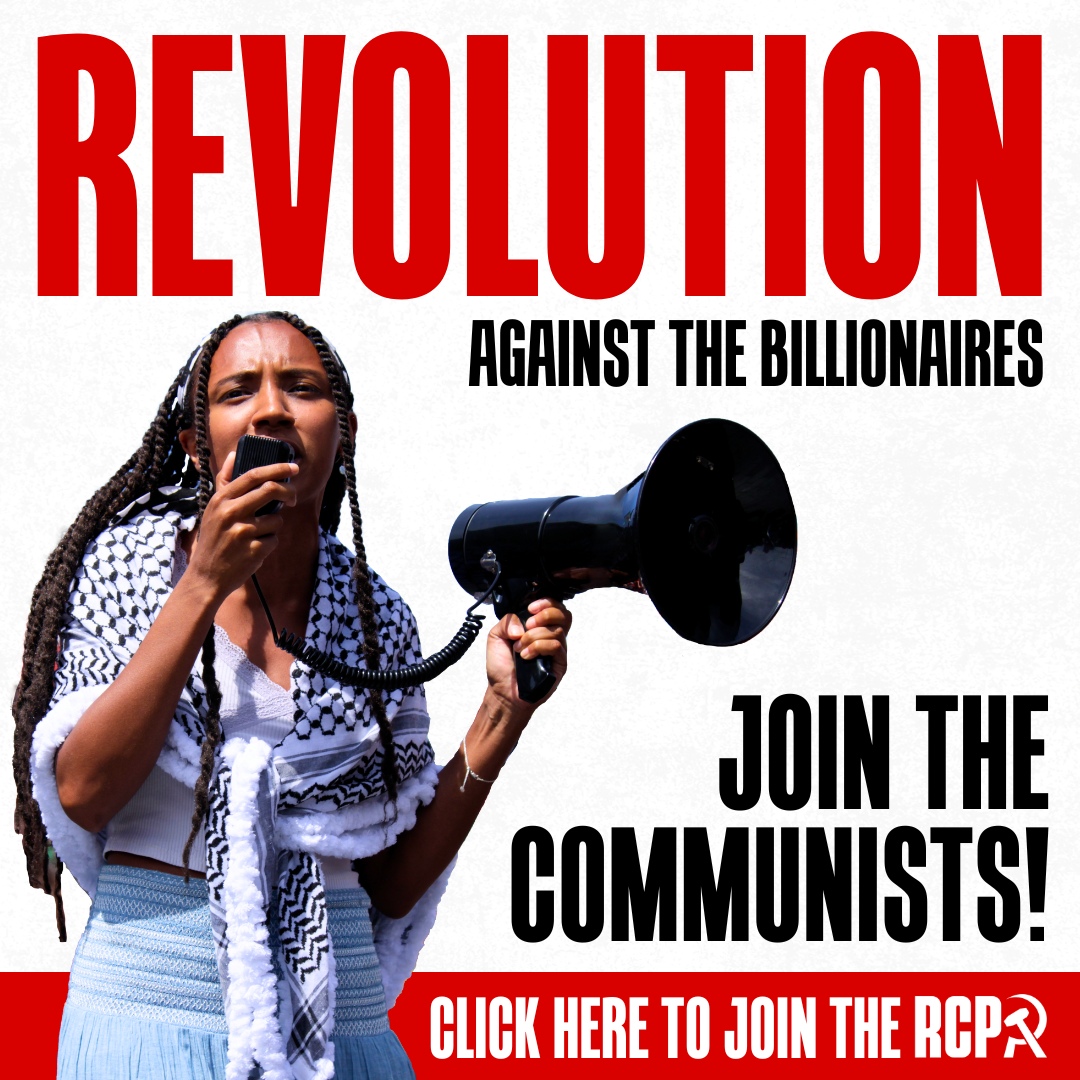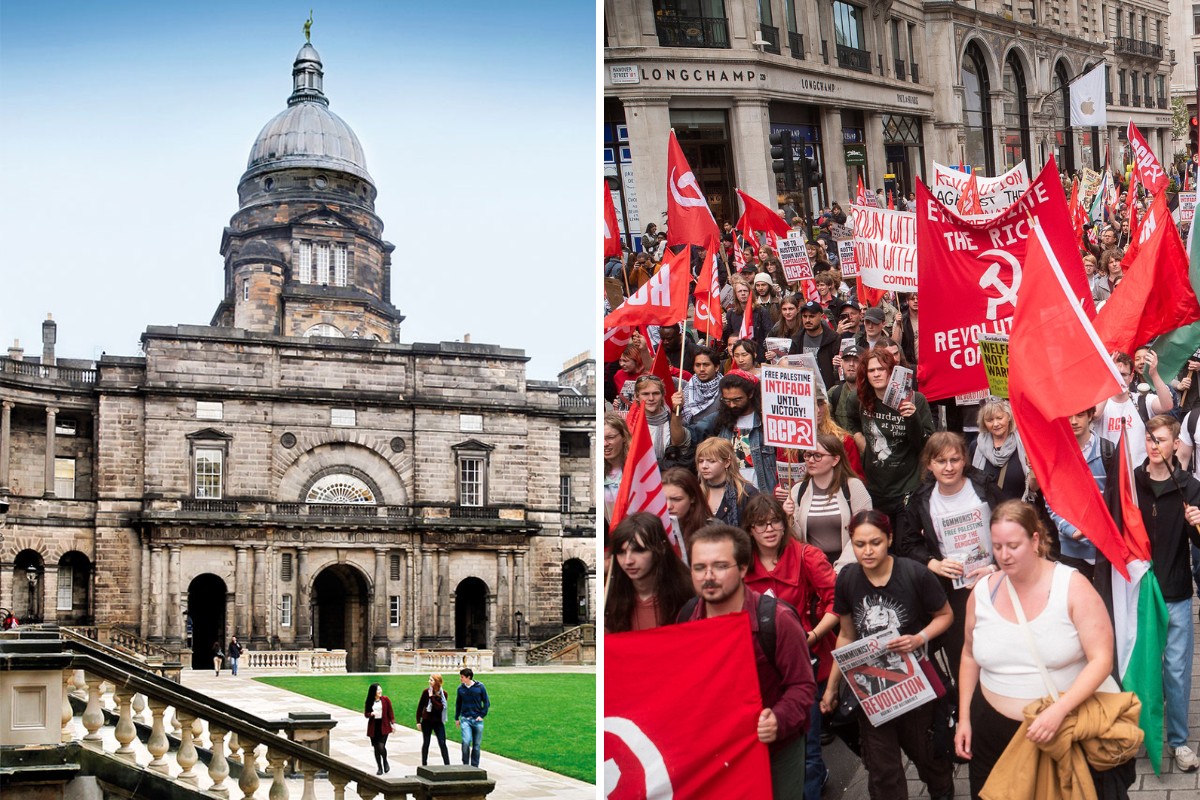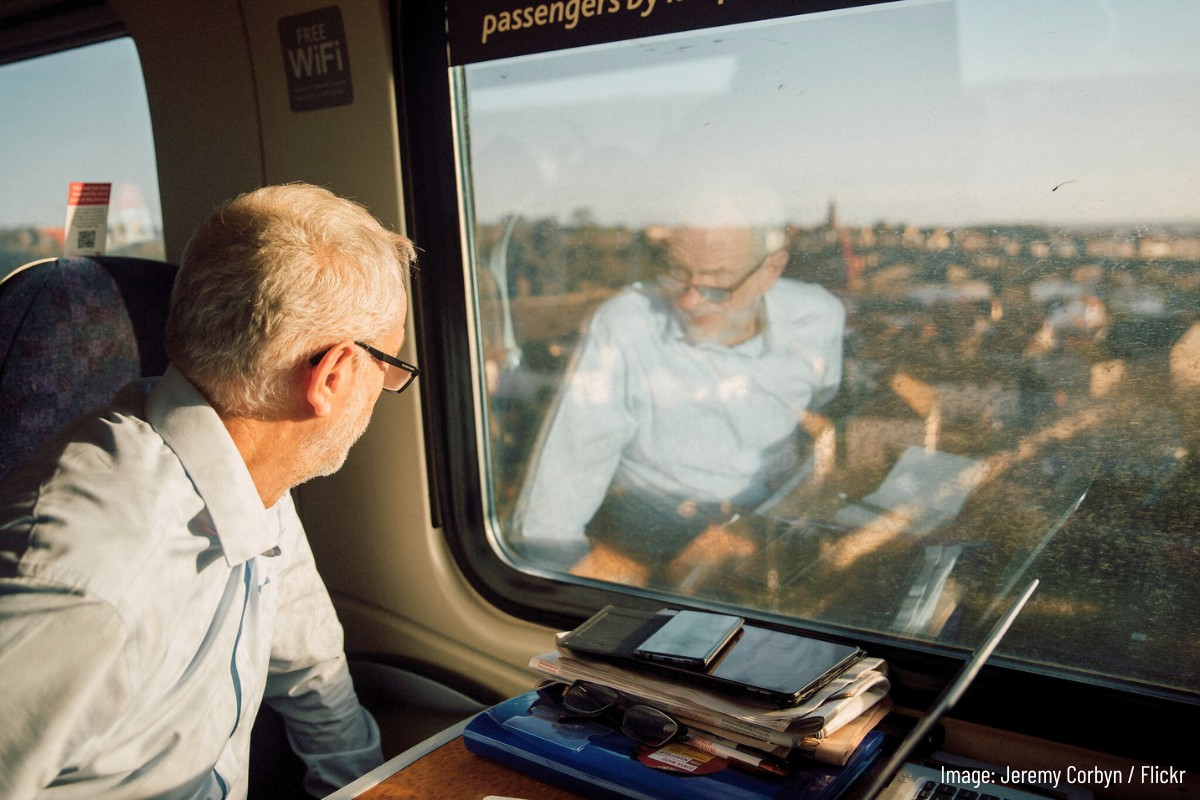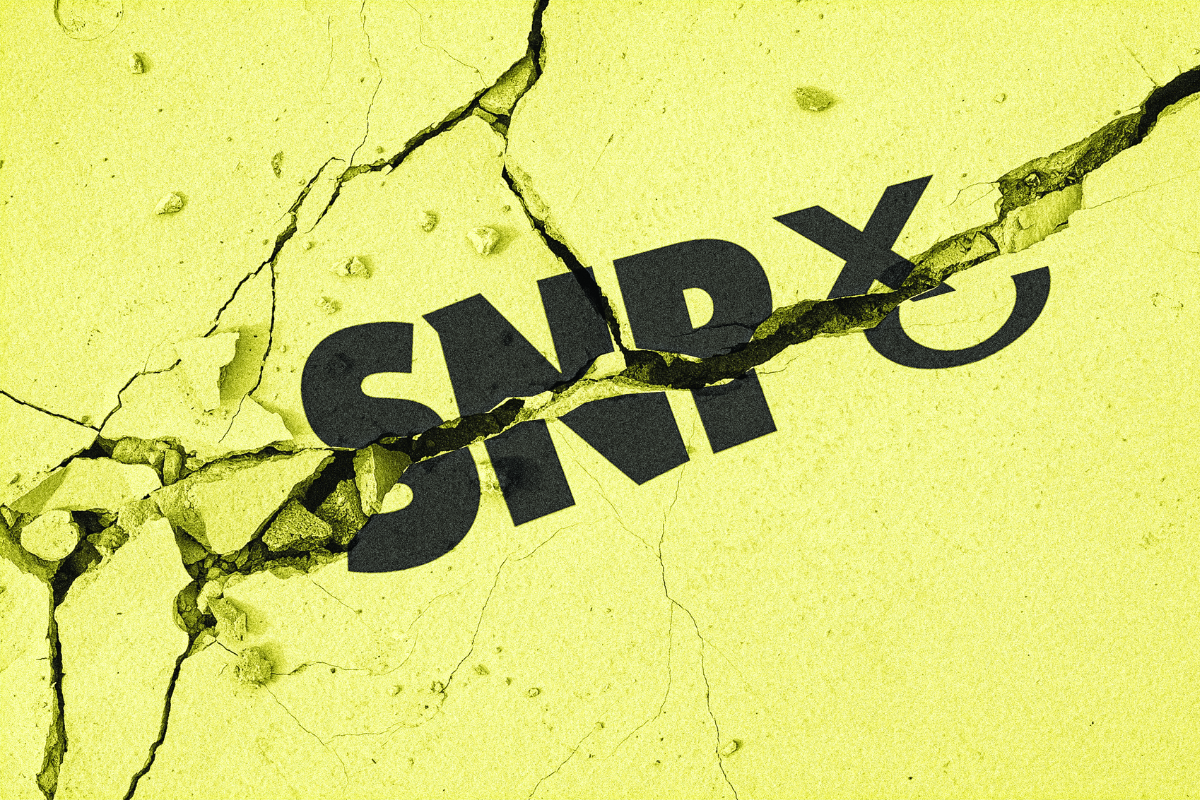Saturday November 14th saw the Scottish Defence
League’s attempt at a Glasgow
city centre rally fail miserably. The group spent most of the day confined in a
pub, protected by hundreds of police, before being forced onto chartered buses
in the face of a much larger counter demonstration. However, the story is not
simply one of the far right being driven from the streets by a left wing
demonstration. There are many political lessons to be learned from Saturday’s
events and the lead up to it which are important for those attempting to
effectively oppose the English Defence League and its Scottish ally.
The Scottish Defense
League originally announced plans to hold a rally in Glasgow in September. It is clear that this
group is a Scottish branch of the ‘English Defence League’. This organisation,
spawned from the football hooligan group ‘Casuals United’, have held a series
of demonstrations allegedly targeting “Muslim extremists.” In practice these
have been violent racist affairs that have seen attacks on mosques, Asian small
businesses, gay pubs, people with the “wrong” skin colour and the organised
left. These demos have also seen the widespread use of Hitler salutes, it is
evident that this group is supported by politically motivated neo-Nazi elements
as well as racist football hooligans (not that they are mutually exclusive!).
It’s clear that there is a cross over between this group and the BNP, with
members of the BNP having been seen on EDL events in spite of their party
officially banning them from partaking in them.
Organsing to Oppose
the SDL
The first attempts at organising a counter demonstration
against the SDL march took the form of meetings called by the Glasgow
University Left Society, starting from September 30th. The last two
meetings were the largest with about fifty people attending. At these meetings
there was a clear awareness of the need to have both a political response to
the SDL and to confront the fascists. There was also an understanding that an
effective counter-action could not be organised solely from the university and
of the need to mobilise workers and youth on a wider scale. As a result of this
extensive leafleting and postering was organised for two public meetings in the
Southside of Glasgow.
In early October the left wing lawyer and activist Amir
Anwar and ‘Unite Against Fascist’ announced a demonstration under the banner of
‘Scotland United’. This was a police sanctioned demonstration with a definite
route that was to assemble at 12.00 midday at Glasgow Green, not marching until
1′ o’clock and with the support of the political establishment (including the
Tories!) and religious organisations. The group organising around the Left
Society came into contact with other groups opposed to what was obviously going
to be an ineffective way of opposing the SDL from marching as, at this time, we
knew they would be gathering much earlier than 13.00 pm. The Left Society came
into contact with other groups with a similar outlook, this resulted in the
calling of a demonstration at 10.00 am in the centre of town under the banner
of ‘Glasgow Anti-Fascist Alliance’.
Initially this demonstration was written off by UAF and Amir
Anwar as a violent attempt to confront the SDL on an individualist basis. In
contrast to this false assertion the demonstration at 10.00 am was widely built
for, thousands of flyers were distributed across the city and posters put up
around the University and in a large number of shops in the Southside. As it
soon emerged that there was widespread support for the assembly at 10.00 am the
UAF position changed and two days before the event they decided to support the
demonstration
What happened on the
day
On the morning of November 14th hundreds of
people gathered at St Enochs
Square in the city centre, with spotters relaying
information back at around eleven o’clock that the SDL had gathered in the
Cambridge Bar on Cambridge Street.
At this point the decision was made to march, the gathering’s size forcing the
police to allow this. On approaching the pub the march had approximatly five
hundred people. At this point the UAF contingent, having assembled on the other
side of the street, attempted to put itself at the head of a demonstration they
had played next to no role in building. Weyman Bennett, the nominal leader of
UAF, began shouting down a megaphone that the march should redirect itself
towards the UAF rally at Glasgow Green despite the fact the march would not be
leaving until 13.00 pm! However because of the militant mood of the
demonstration these calls were ignored and the whole body continued to move
towards the Cambridge.
The pub was protected by approximately 200 police standing in lines six deep.
It became clear that as the front of the march approached that the police were
bringing in reinforcements to create a kettle and block off the front of the
march from the rest of it. It was
evident they had been scared by the mobility of the march and its willingness
to confront the fascists.
At this point the march regrouped and moved on past the pub.
Eventually it was decided to redirect towards Glasgow Green, with the aim of
returning when we got more information as to where the fascists were going to
assemble; the information we had already indicated that there were fascists in
multiple pubs and it would be dangerous for our forces to be stuck “kettled”
outside one. However in retrospect this was a mistake, tactically it was wrong
to go so far from the city centre, although the blame cannot entirely be put on
the GAFA organisers who had been forced to make an impromptu call and had not
called the demonstration at a location as far away as Glasgow Green. The GAFA
march entered the Green as a united bloc five hundred plus strong and stayed
together, which proved important in further developments. It also clearly
demonstrated that it had not been a small march hell-bent on a violent
confrontation and that it stood with the rest of the movement against the SDL.
The speeches began about twelve. At about 12.30pm we got information that the
whole of the SDL forces had congregated outside the Cambridge and were beginning to try to move
onto the streets. At this point a breakaway march emerged from Glasgow Green,
made up of those who had been on the GAFA demonstration. Approximately three
hundred people left the Green and marched towards the city centre. As a result
the police hurriedly forced the SDL onto chartered buses and they were denied
the ability to hold a public march. The SDL were only able to fill one and a
half of the four buses waiting for them, the media have estimated their numbers
as between seventy and one hundred. It is evident that they failed to achieve a
large turnout and that militant action prevented them from being able to
assemble effectively.
‘Scotland
United’
One of the comrades from Socialist Appeal remained at
Glasgow Green trying to get people to march up to the Cambridge bar to support the previous
breakaway. However some present argued that we could not leave until the
speakers had finished and that we would not take a section of the demonstration
with us. One person went to ask Amir Anwar and Weyman Bennett to stop the
speeches and call the demonstration to leave. Of course they didn’t oblige and
the speakers continued after the designated setting off time of one o’clock,
making it clear the organisers of the ‘Scotland United’ demo had no interest in
confronting the fascists.
An argument that had been used against organising the 10.00 am
assembly was that, when we knew where
the SDL were to converge, the most militant activists in the demo could then pull
a bigger section of the march to confront them. It was interesting to note that
it was the same people who had argued this at previous meetings who on the day itself
then argued not to breakaway to stop the fascists marching from the pub. The
march eventually started to move surrounded by a line of police all along the
sides. When it reached the exit of Glasgow Green the demo turned away from the town.
At this point another attempt was made to organise people to set off for the town
to support the previous breakaway, but these people were herded back into the
main body of the march by UAF organisers. The procession was then led round the
houses at a snail’s pace, complete with a stop for a minute’s silence against
racist murders. We have no principled objection to certain minute’s silences
but when fascists are congregated ten minutes away it is not exactly the
opportune time.
After forcing the SDL out of the city centre the breakaway
marched to George Square,
ready to move to oppose any SDL hangers on. The main body of the official demo
eventually joined them.
After the rally was officially over a group of SDL were
found on a nearby street corner. They were promptly dispersed by a far bigger
group of those who had been involved in the counter demonstrations. Another
group of fascists approached in order to attempt to reinforce their friends
only to run away when they saw the numbers they faced. That they chose to do so
whilst Hitler- saluting and eventually resorting to hiding behind a large
police presence exposes the character of the SDL for what it is. The police
formed a large blockade between ourselves and the fascists, promptly arriving
en-mass on motorbikes and in vans. At this point one of the anti-SDL
demonstrators was arrested and the whole demonstration warned over its conduct!
The media reported throughout the day that there were five arrests. Since two
appear to have been from those on our side this leaves only three SDL as being
nicked, in spite of Hitler salutes and other such conduct which is meant to be
illegal. Clearly we cannot rely on the police to stop fascism.
Lessons of the day
In drawing our conclusions on November 14th we
must be clear that the differences on how to best confront the SDL were not
simply practical considerations. They were clearly political in nature. The
ideas behind the ‘Scotland United’ demo are not new, they represent the legacy
of popular frontism; that is to say the strategy of a cross-class alliance to
oppose fascism. In effect it led to a situation in Glasgow where revolutionary socialists were
supposed to line up with ruling class representatives including Annabell Goldie,
the leader of the Scottish Tories. That is to say oppose fascism by relying on
those who are responsible for fanning it’s flames whilst relying on the state
to prevent the SDL from organising. Amir Anwar called on the crowd to cheer the
police for apparently using the Public
Order Act against the SDL. It was only through retaining mobility and
organising on the basis of effectively opposing fascism by preventing the SDL
from assembling that we were able to attain any level of success. On the day
this was what prevented the SDL from having free reign of Glasgow,
the demonstration in the morning forced the police to keep the SDL in the Cambridge pub and this demo laid the basis for the break
away that ultimately prevented them from having a march in Glasgow.
The challenge posed by the far right, be it gathering on our
streets or putting themselves up for election, needs a class based response.
The trade unions and the wider labour movement as well as community groups in
working class areas, students and ethnic minorities cannot rely on – or
therefore ally with – the great and the good of the political establishment.
This is the tactic that UAF have undertaken in Glasgow and nationally. We cannot rely on the
police to prevent the far right from gathering, we can only rely on the
mobilisation of working class people. In the past shop stewards networks and
trade union organisation more widely played an important role in this. The
unions need to break with the methods of diluting its forces to appease
Liberals and the like and provide a clear independent opposition to the likes
of the SDL. We had several trade union activists as part of the organising
meetings for the 10.00 am mobolisation, and many trade unionists on the march
itself. However, to fight the far right we need a general rank-and-file
mobilisation organised by local shop stewards. In Glasgow we were criticised for organising
independently of UAF and told we were siphoning off the most militant elements
from the “mass of the demonstration.” In practice the most militant elements of
UAF came with us. The demonstration at 10 o’clock was a united front. It was
not simply the organised left that assembled but local workers and youth who
we’d leafleted at Lidl’s on the Southside or seen a poster in the local shop.
We’ve made the SDL think twice about trying this on again and laid the basis for
a greater level of opposition if they do so.






